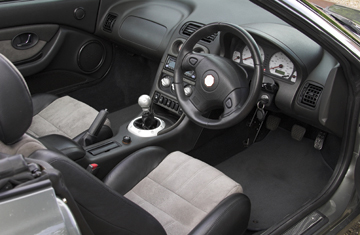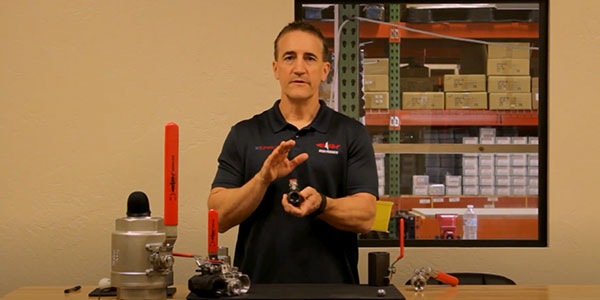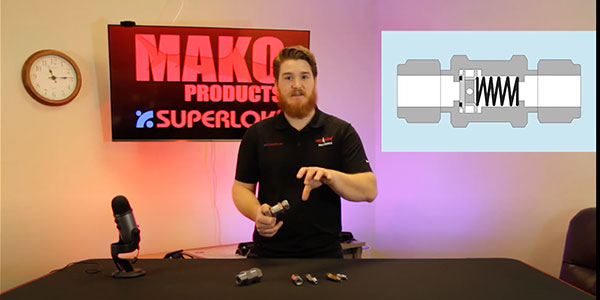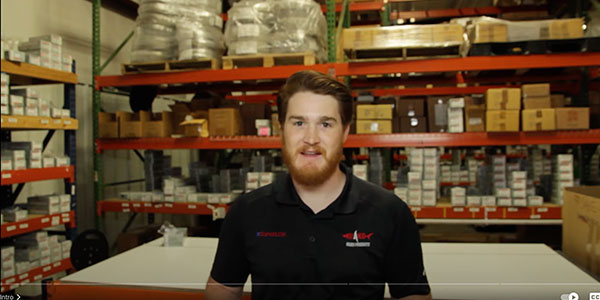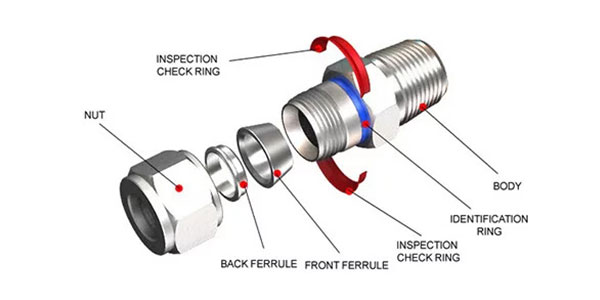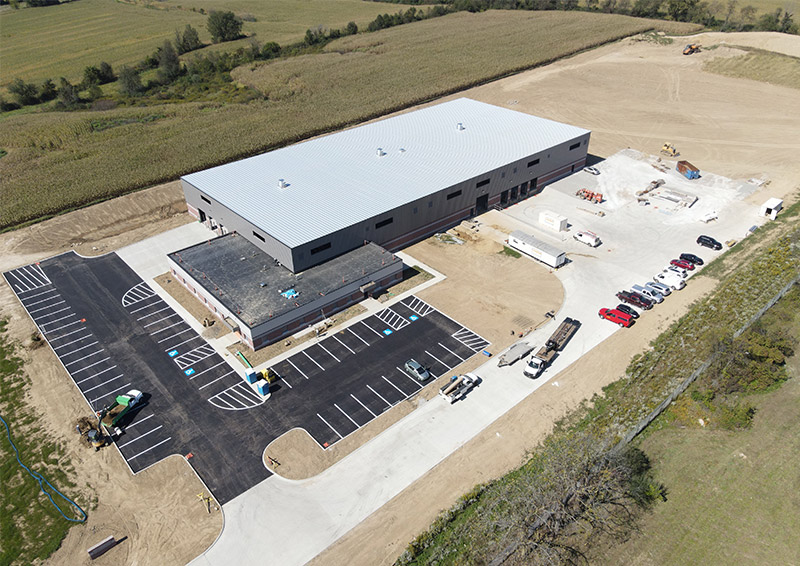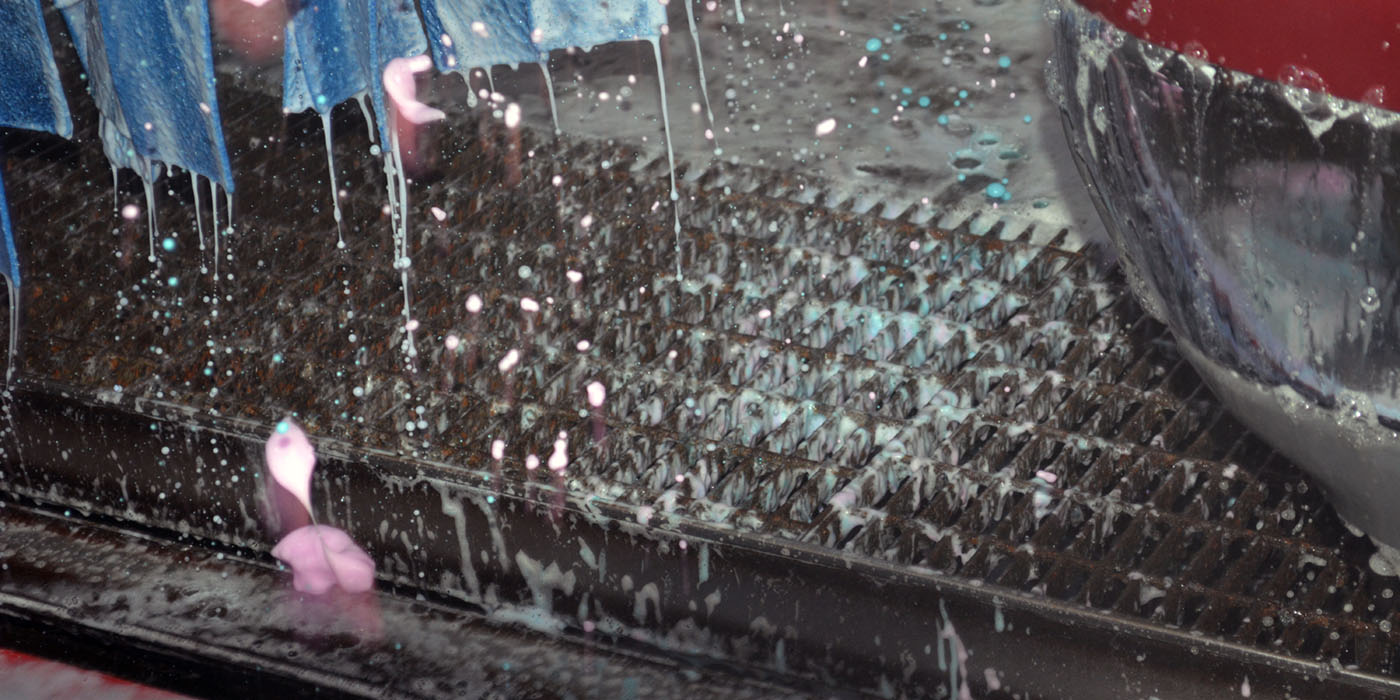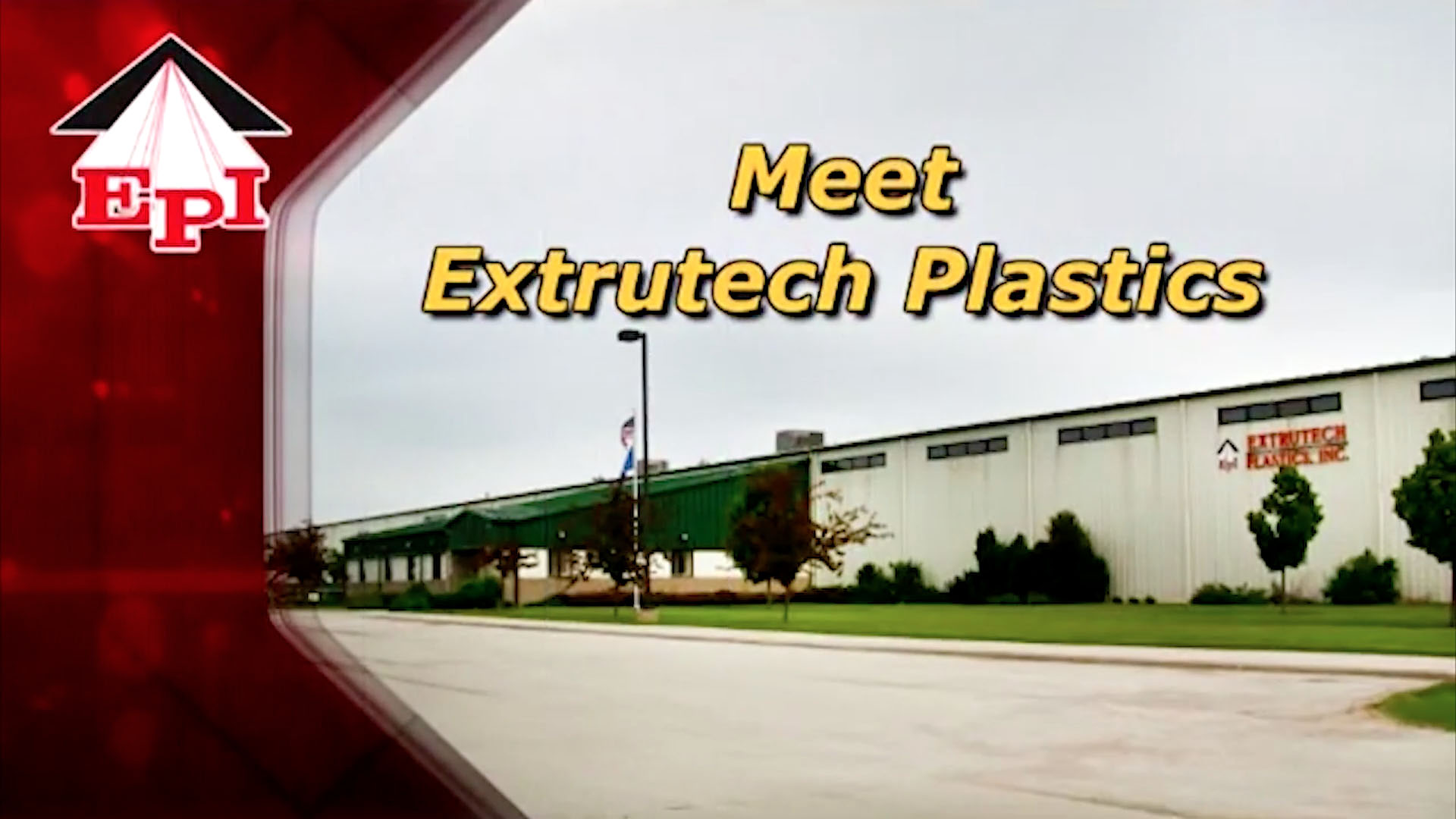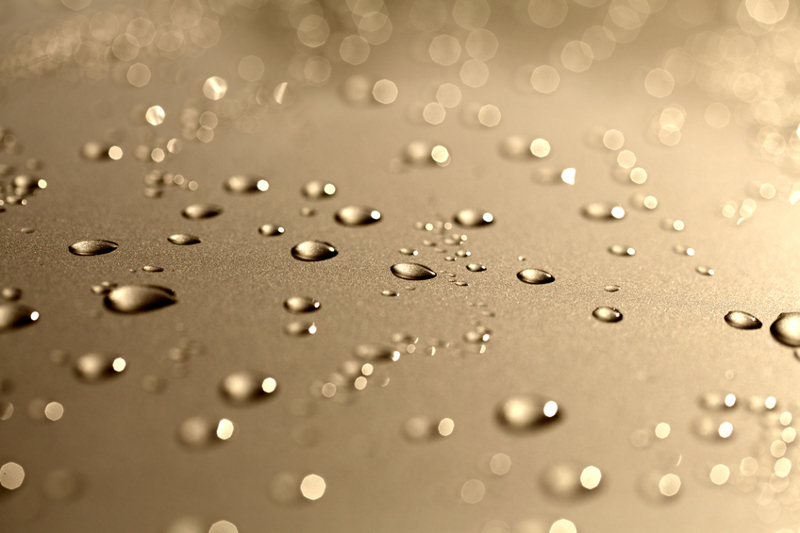There are two types of soil in a carpet: loose and sticky. Loose soil (85 percent) can usually be removed with a good vacuuming, but sticky soil (15 percent) is more complicated. Most often, sticky soil requires the use of a carpet shampoo and one of several removal methods.
“Which chemical(s),” and “which method” of removal, are critical to how clean the carpet will come, as well as how long it will take.
A carpet has three separate dimensions, and the dirt you see is not always all there is to clean.
The first dimension is the top of the pile, which can usually be cleaned easily with a vacuum. Second, is the pile itself, and the third dimension is the backing, where all the dirt, sand and general carpet wearing “nitty gritty” ends up.
As a professional, you must be aware of these three dimensions and should have the chemicals, equipment, procedures and knowledge to clean them efficiently (fast) and effectively (clean).
Carpets that look clean, as you can now imagine, are not always as clean as they appear. In the commercial and residential carpet cleaning business there is a growing concern over what is called Sick Building Syndrome (SBS). SBS refers to human illnesses caused by bacteria trapped in carpets.
While the detail business has, in the past, only concerned itself with the appearance of cleaning carpets, it is evident that, as professionals, we need to be aware of all aspects of carpet cleaning to provide our customers with maximum service.

